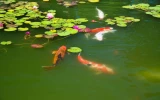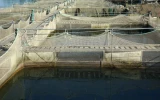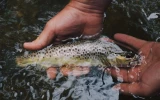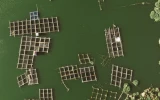Different Water Sources for Fish Farming Explained
One of the most crucial factors to consider when building a fish farm is a consistent and reliable water supply. After all, water is the lifeblood of any successful fish farm. But with so many sources available, how do you know which one is right for your fish farm? Let's explore the different water sources for fish farming and their qualities.
Groundwater is considered the best water source for fish farms. Other sources of water for a fish farm include springs, wells, rivers, streams, or lakes, surface runoff, groundwater, or the municipal water supply. Water from these sources can be supplied to ponds either by gravity or by manual pumping.
Each water source has specific qualities that it must possess to be considered viable for a fish farm. In this article, you'll find the pros and cons of all the water sources for fish farming.
Summary
- Considerable water sources for fish farms include springs, wells, rivers, streams, lakes, surface runoff, groundwater, and municipal water.
- Ideal water sources for fish farms must be free of contaminants or have fewer pollutants and must be readily available in large amounts.
- Some of the physical and chemical properties that must be considered when choosing a good quality water source for fish farms or aquaculture include monitoring the temperature, amount of dissolved gases, pH, water hardness, and the suspended particles in the water.
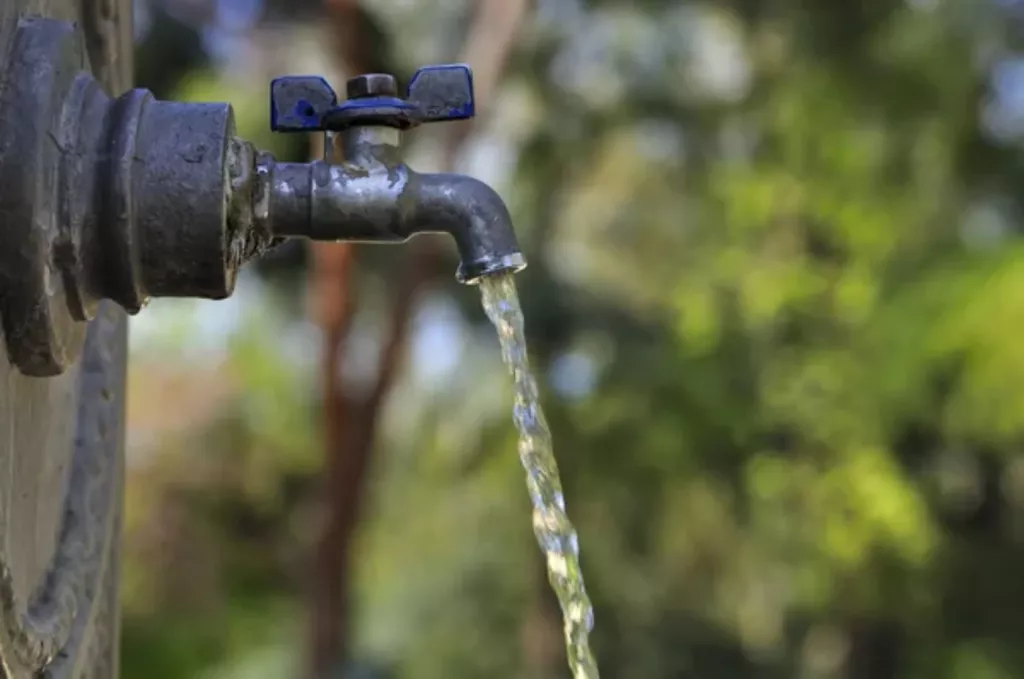
On this page:
Different Water Sources for Fish Farms
There are six major water sources commonly considered for fish farms, and these include:
- Springs
- Wells
- Rivers, streams, or lakes
- Surface runoff
- Groundwater
- Municipal water
These examples both have pros and cons summarized in the table below:
| Water source | Pros | Cons |
|---|---|---|
| Springs | Contains much-needed oxygen, rich in minerals and nutrients like calcium, potassium, and magnesium; have close to neutral pH | May require manual pumping; contains a high number of bacteria and other contaminants; may have trace amounts of pesticides |
| Wells | Provides an endless water supply; supplies can last for 30-50 years; most cost-effective water source. | Contains high mineral content; can build up and produce limescale over time; needs to be pumped and pumps must be replaced every 10 years, |
| Rivers/Streams/Lakes | Rivers, streams, or lakes are readily available and inexpensive and offer a wide space for the fish to swim and grow. | Environment is difficult to control and poses a greater risk for predation and diseases |
| Surface runoff | Low cost and easy acquisition | Seasonal and prone to flooding or drought; requires sufficient rainfall and large catch basins |
| Ground water | Readily available source; low cos; no evaporation losses; and renewable. | May cause aquifer depletion due to over-pumping; may also cause subsidence and pollution; saltwater intrusion and reduced water flow |
| Municipal water | High-quality water as it undergoes regular testing; Provides a consistent supply, especially in urban areas | Needs constant water treatment, and large infrastructures for such treatment are expensive |
Since it is a crucial part of any fish farming business, a consistent supply of water, both in quantity and quality ensures a smooth-sailing operation. Knowing what qualifications a good water source should possess is key to successful fish farming.
The first criterion of a viable fish farm water source is that it must be free of pollutants such as excess nutrients, chemicals, or heavy metals. The second criterion is its availability. It should be available in large volumes to constantly supply even commercial farms, and not be limited by events such as seasonal harvesting of timber.
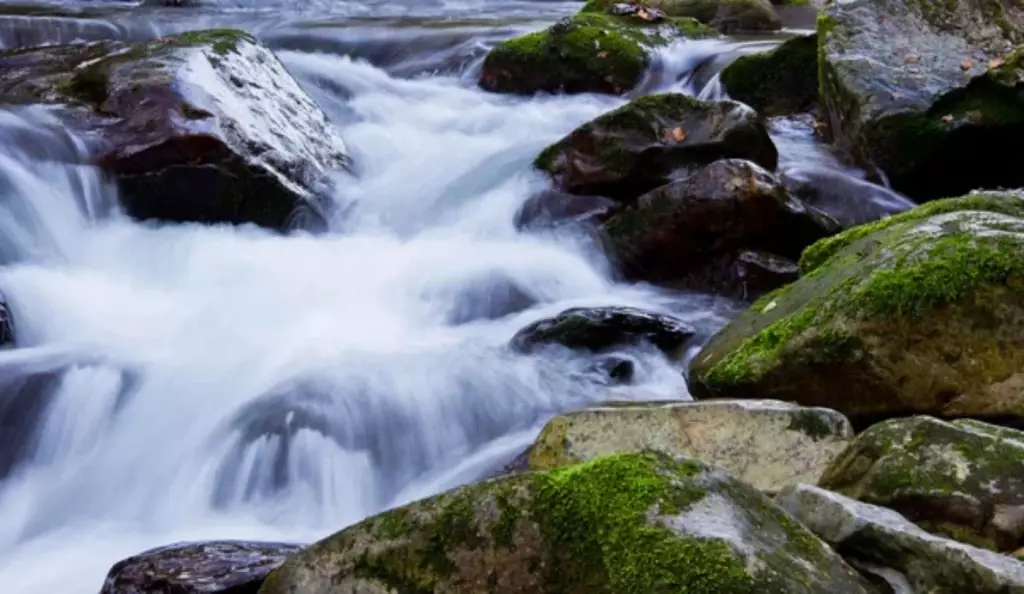
The Best Water Source for Fish Farms
In general, groundwater is the best source of water used in fish farms or aquaculture. This groundwater may have originated from springs or deep wells. It passes the criteria for a good quality water source for fish farms because it is mostly free of pollutants. It also has a high hardness level which is good in some circumstances.
However, it often has high concentrations of dissolved gases such as carbon dioxide and nitrogen gas, which can result in gas supersaturation. Nevertheless, these gases can be removed through intense agitation.
Although there are other sources of water, such as surface water, rivers, ponds, and lakes, they are rarely recommended for use in fish farms. Surface water contributed to several fish diseases and contained pesticides and other pollutants that can cause fish kill.
Therefore, the first thing beginners and experts in fish farming need to do is to test the quality of the available water supply, before connecting it to their fish farm.
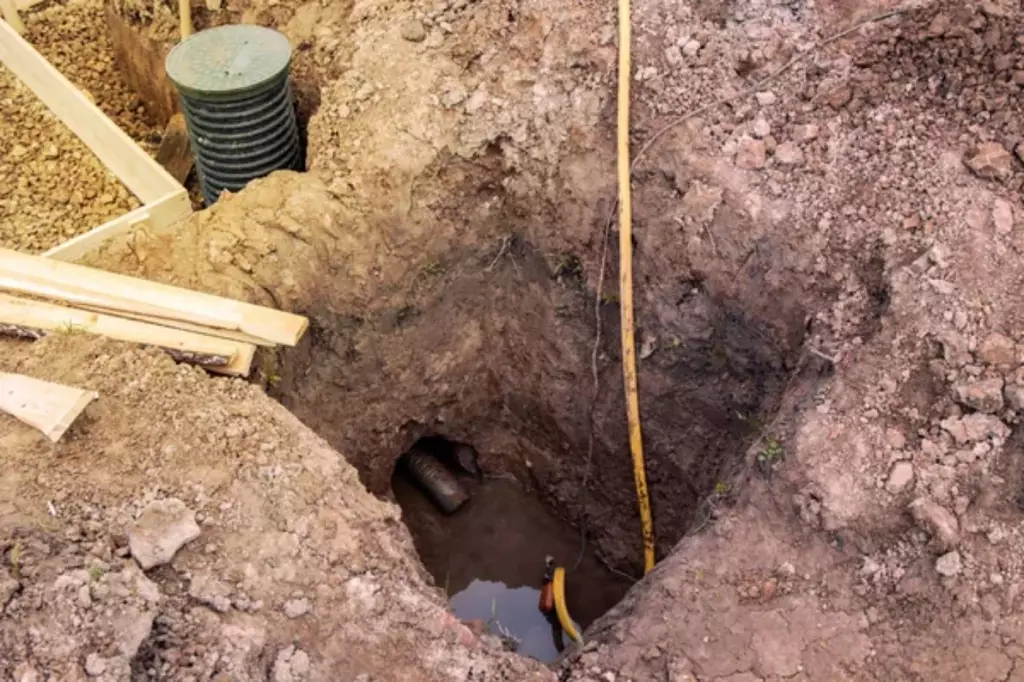
Physical and Chemical Qualities of The Best Water Source for Fish Farms
Water quality must be a priority for a successful fish farm operation. Poor water quality equates to poor health and stunted growth of the fish.
Although setting up a fish farm may be easy and acquiring water takes less effort, having a good understanding of the water quality and how to manage these factors is still the key takeaway in successful fish farms.
Some of the most important chemical and physical factors to consider in choosing a high-quality water source for fish farms are the following:
1. Water temperature affects the overall growth and behavior of the fish
Temperature affects the overall welfare of fish – from their feeding, and behavior, up to their growth. The optimal temperature range for fish varies depending on their classification: whether they are cold water, cool water, or warm water species.
Cold water fish species, like salmon and trout, require a water temperature between 48°F-65°F. Warm water fish like catfish and tilapia prefers water temperature between 75°F-90°F.
Cool water species like yellow perch, on the other hand, are those that can handle warm water conditions better than trout but cannot handle extremely warm conditions such as warm water species. They prefer a mid-temperature between 60°F-85°F.
2. Suspended solids can affect water quality
Since excessive fish waste can cause poor water quality, a balanced system in a fish farm should be as follows: one pound of fish waste is produced for every pound of fish produced.
Some other problems associated with suspended particles in water are the following:
-
Turbidity caused by soil particles can affect light penetration causing photosynthesis to be limited. This can be remedied by adding 7-10 square bales of hay per surface acre or adding 300-500 pounds of gypsum per surface acre.
-
Excessive algal blooms may deplete oxygen in the water
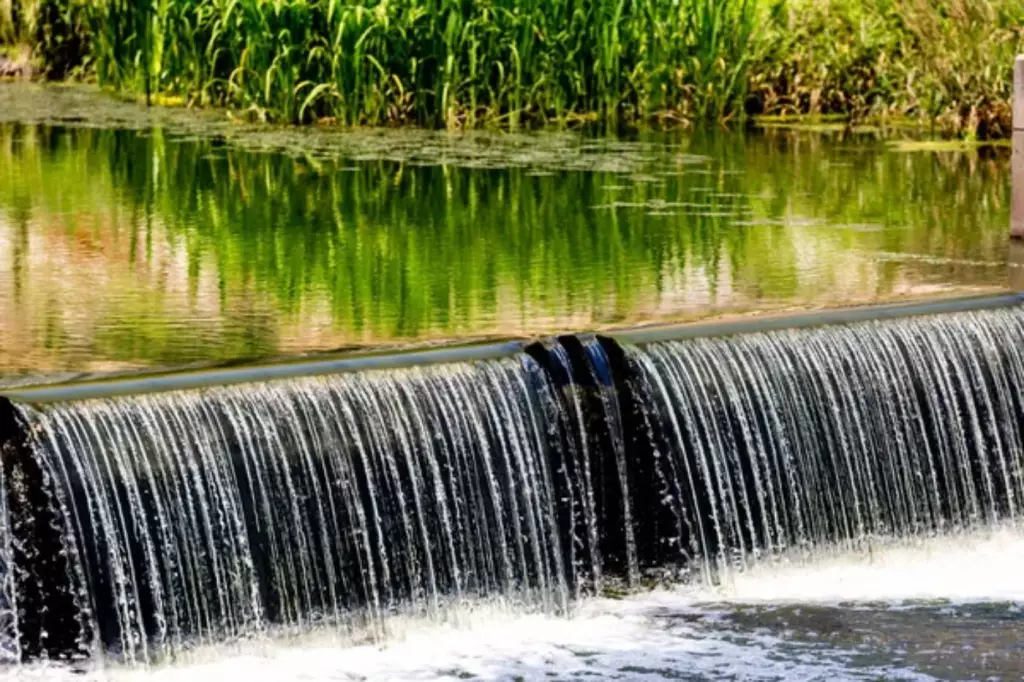
3. The right amount of dissolved gases in water determines the growth and survival of the fish
Dissolved gases in water such as oxygen, carbon dioxide, nitrogen, and ammonia are the most important chemical parameter for measuring a water source’s viability for fish farms.
Oxygen: Low-dissolved oxygen levels commonly cause fish kills. To ensure the survival and growth of fish, they must be cultured in water with optimum levels of dissolved oxygen (DO). The ideal level of dissolved oxygen must be kept saturated or at least 5 ppm.
DO levels less than 55 ppm can stress the fish, and levels less than 2 ppm may result in their death. Warm-water fish species such as tilapia and carp can tolerate low DO levels in the water, while cool-water species cannot. Small fish tend to consume more oxygen because of their higher metabolic rate.
Carbon dioxide: An ideal quantity of free carbon dioxide in water must be between 5 – 15 ppm. Excessive high levels of carbon dioxide, such as 20 ppm or more, may interfere with the oxygen utilization of the fish.
To remove excess carbon dioxide, you can practice aeration to blow off excess gas or add a carbonate buffer such as calcium carbonate or sodium bicarbonate to the water.
Nitrogen: Water with nitrogen levels above 110% is considered supersaturated. This can become problematic and cause gas bubble disease, where bubbles reach the heart and brain of fish causing them to die without any visible signs. To bring down saturation levels, sufficient aeration must be done.

Ammonia: Fish excrete waste naturally containing ammonia. While this is not a problem in natural waters such as lakes or rivers as the space can hold tons of fish, it can be problematic for a fish farm setup since they have high population density- therefore prone to risks of ammonia toxicity.
An ammonia level of 0.02 ppm is considered safe. Spiking ammonia concentrations usually happen in tanks and recirculating systems such as aquaponics.
4. The favorable pH level of a water source is slightly acidic to a more basic spectrum
The optimal pH level of a water source for fish farms is normally between pH 6.5 – 9.0. This is basically slightly acidic (less than 7 on the pH scale) to slightly basic (more than 7 on the pH scale).
5. Water hardness of at least 20 ppm promotes the optimal growth of aquatic organisms
Water hardness is a measure of the mineral contents of water such as calcium and magnesium, aluminum, iron, manganese, strontium, and zinc ions. To promote optimal growth of aquatic organisms, the hardness level must be at least 20 ppm. If the hardness level of the water source is low, it can be increased by adding ground agricultural lime.
